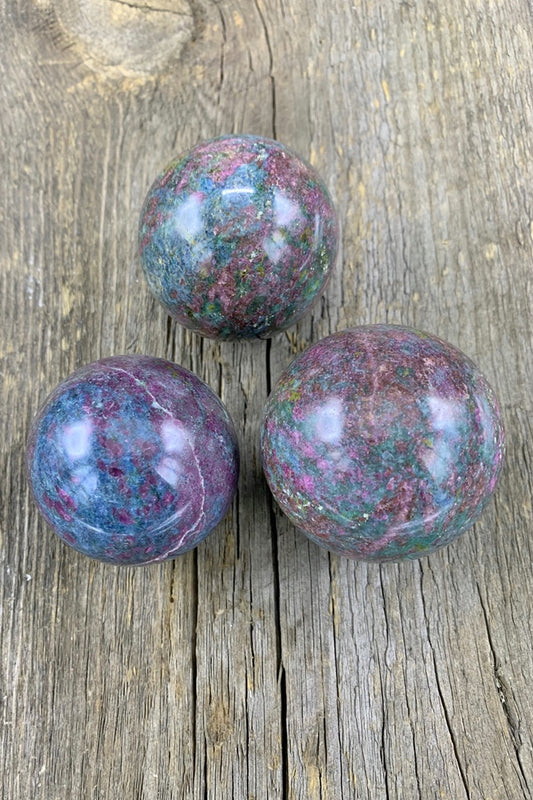Ruby
The glowing red of Ruby suggested an inextinguishable flame burning in the stone, even shining through clothing and able to boil water. Red being the color of our most intense emotions—love and anger, passion and fury. It’s associated with objects of power and desire—like fast cars and red roses. Early cultures treasured rubies for their similarity to the redness of the blood that flowed through their veins, and believed that rubies held the power of life.
Ruby is one of the most historically significant colored stones. Rubies are mentioned four times in the Bible, in association with attributes like beauty and wisdom. In the ancient language of Sanskrit, ruby is called ratnaraj, or “king of precious stones.” Ancient Hindus believed that those who offered fine rubies to the god Krishna were granted rebirth as emperors.
Ruby has accumulated a host of legends over the centuries. People in India believed that rubies enabled their owners to live in peace with their enemies. In Burma, now called Myanmar, warriors possessed rubies to make them invincible in battle. Ruby has retained its importance with the birth of the western world and became one of the most sought-after gems of European royalty and the upper classes. Many medieval Europeans wore rubies to guarantee health, wealth, wisdom, and success in love.
Desire for ruby is just as great today as it always has been. As a symbol of passion, ruby makes an ideal romantic gift.
Ruby is the birthstone of July and the gemstone of the 15th and 40th wedding anniversaries.
Brazil & India │ Earth Element
Dynamic Leadership, Shielding, Invigoration
Root Chakra
"I embrace my life with fierceness, passion and the courage to accomplish all that I will to do."



